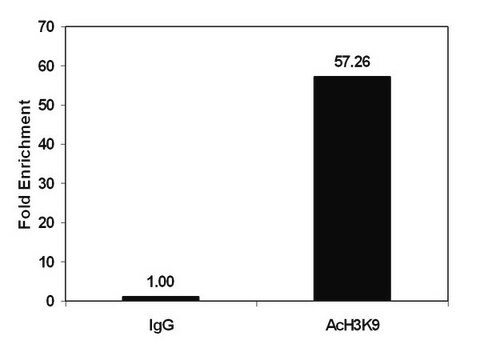294837
Chlorure d'hydrogène solution
1.0 M in diethyl ether
About This Item
Produits recommandés
Forme
liquid
Niveau de qualité
Concentration
0.95-1.10 M (with NaOH, titration)
1.0 M in diethyl ether
Densité
0.731 g/mL at 25 °C
Température de stockage
2-8°C
Chaîne SMILES
Cl
InChI
1S/ClH/h1H
Clé InChI
VEXZGXHMUGYJMC-UHFFFAOYSA-N
Vous recherchez des produits similaires ? Visite Guide de comparaison des produits
Description générale
Application
Mention d'avertissement
Danger
Mentions de danger
Conseils de prudence
Classification des risques
Acute Tox. 4 Oral - Flam. Liq. 2 - Met. Corr. 1 - STOT SE 3
Organes cibles
Central nervous system
Risques supp
Code de la classe de stockage
3 - Flammable liquids
Classe de danger pour l'eau (WGK)
WGK 1
Point d'éclair (°F)
-40.0 °F - closed cup
Point d'éclair (°C)
-40 °C - closed cup
Certificats d'analyse (COA)
Recherchez un Certificats d'analyse (COA) en saisissant le numéro de lot du produit. Les numéros de lot figurent sur l'étiquette du produit après les mots "Lot" ou "Batch".
Déjà en possession de ce produit ?
Retrouvez la documentation relative aux produits que vous avez récemment achetés dans la Bibliothèque de documents.
Les clients ont également consulté
Notre équipe de scientifiques dispose d'une expérience dans tous les secteurs de la recherche, notamment en sciences de la vie, science des matériaux, synthèse chimique, chromatographie, analyse et dans de nombreux autres domaines..
Contacter notre Service technique





